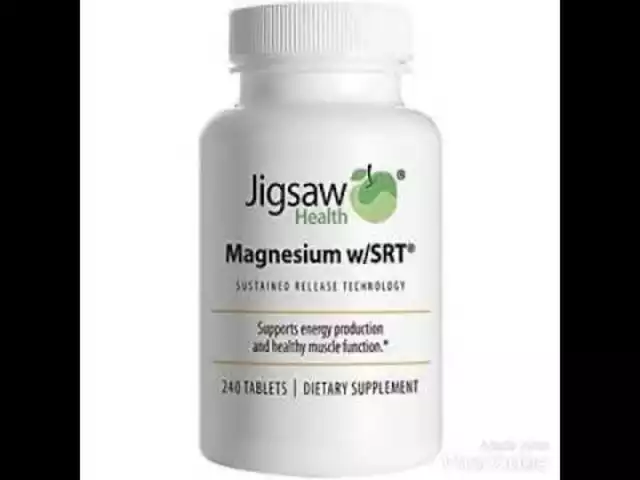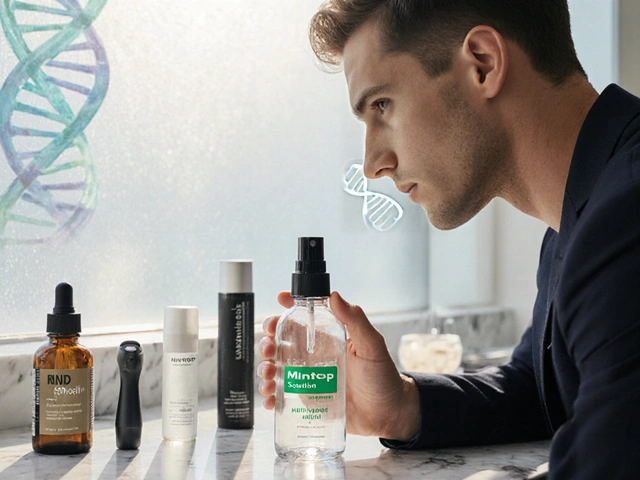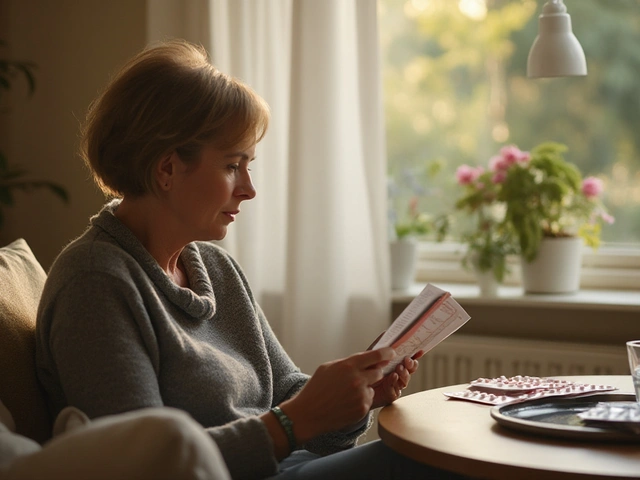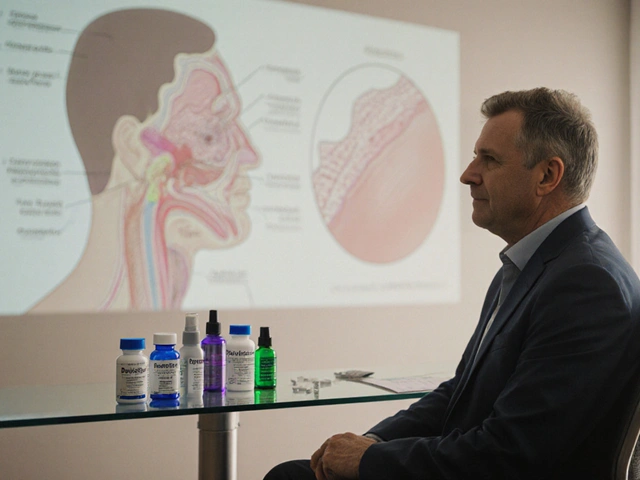Hypertensive Crisis: What It Is, How It Happens, and What to Do
When your blood pressure shoots up to dangerous levels—usually above 180/120 mm Hg—you’re facing a hypertensive crisis, a sudden, severe rise in blood pressure that can damage organs and lead to stroke, heart attack, or kidney failure. Also known as hypertensive emergency or hypertensive urgency, this isn’t just a bad day with high numbers—it’s a medical event that demands fast action. Unlike routine high blood pressure, which builds slowly over years, a hypertensive crisis happens fast. It can strike people with uncontrolled hypertension, those who skip meds, or even people who didn’t know they had high blood pressure until it hit them hard.
What makes this different from regular high blood pressure? It’s the damage. In a hypertensive crisis, the pressure is so high it starts tearing blood vessels, stressing the heart, and flooding the brain or kidneys with too much force. Symptoms like severe headache, blurred vision, chest pain, shortness of breath, or confusion aren’t just annoying—they’re warning signs. If you feel any of these along with sky-high readings, don’t wait. Call emergency services. Delaying can mean permanent harm or death.
This isn’t just about taking a pill. Many people think if they feel fine, their blood pressure is fine. But a hypertensive crisis often happens without warning. It’s linked to things like kidney disease, untreated sleep apnea, drug use (like cocaine or amphetamines), or suddenly stopping blood pressure meds. Even stress, extreme pain, or certain foods can trigger it in vulnerable people. That’s why regular checkups and sticking to your treatment plan matter more than you think.
Doctors split hypertensive crises into two types: emergencies and urgencies. An hypertensive emergency, a condition where high blood pressure is causing active organ damage needs hospital treatment with IV drugs to lower pressure slowly and safely. An hypertensive urgency, a severe spike without immediate organ damage can often be managed with oral meds and close monitoring. But here’s the catch—you can’t tell the difference on your own. If your numbers are through the roof and you’re not feeling right, treat it like an emergency.
People who’ve had strokes, heart attacks, or kidney problems before are at higher risk. So are those with diabetes, obesity, or a history of drug abuse. Even older adults on multiple medications can be vulnerable if pills interact or if they miss doses. The key isn’t just lowering numbers—it’s preventing the spike in the first place. That means consistent meds, avoiding alcohol and salt, managing stress, and knowing your numbers.
Below, you’ll find real-world stories and expert advice on what leads to these crises, how to recognize them early, and how to avoid them. You’ll see how common drugs like NSAIDs or decongestants can trigger spikes, how kidney disease ties into blood pressure disasters, and what to do if you’re on multiple meds and things go wrong. This isn’t theory—it’s what happens in real lives. And if you or someone you care about has high blood pressure, this info could be the difference between a hospital visit and a life saved.
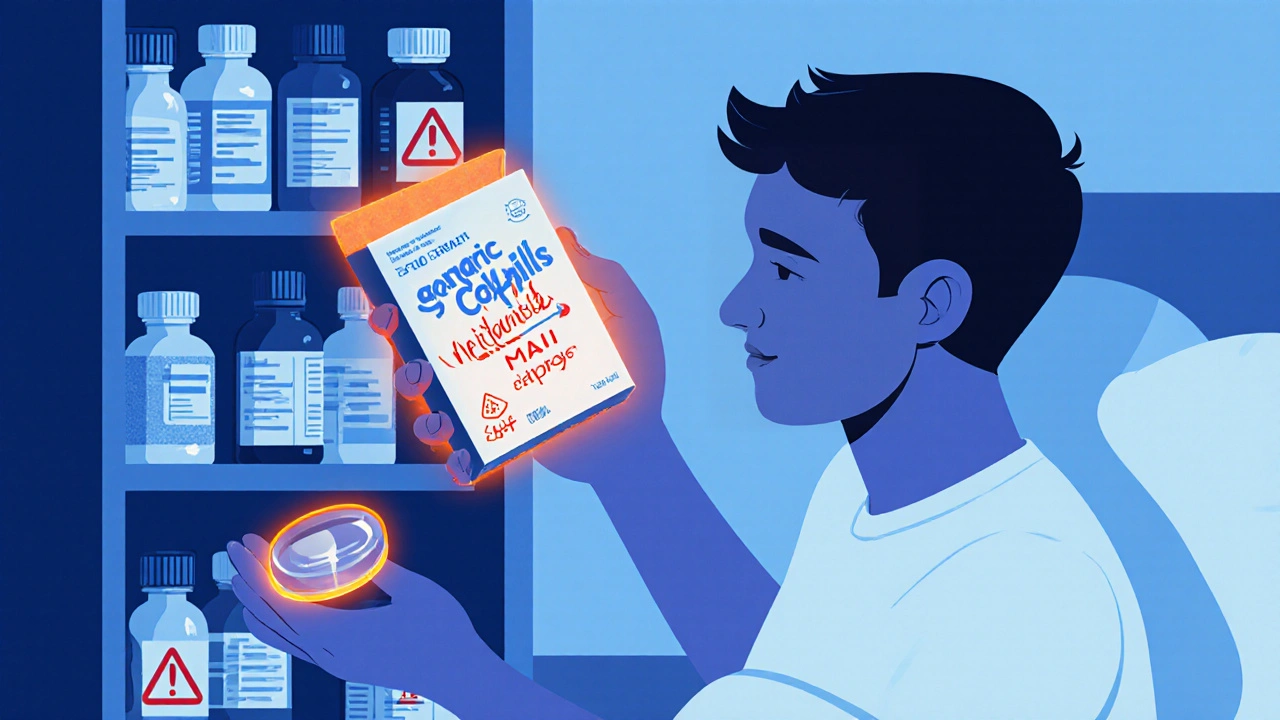
Learn how MAOIs interact with over‑the‑counter cold medicines, causing hypertensive crises or serotonin syndrome, and discover safe alternatives plus a practical patient‑education checklist.
Continue Reading

